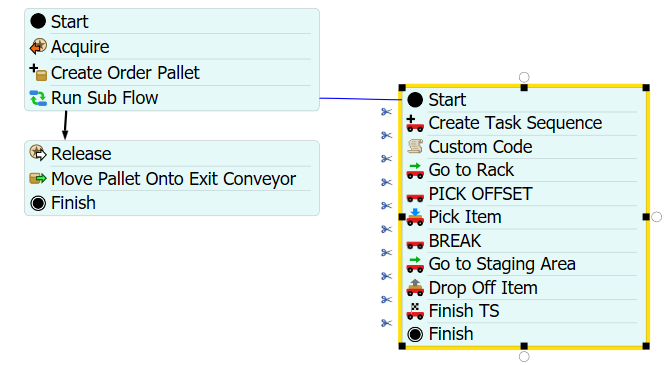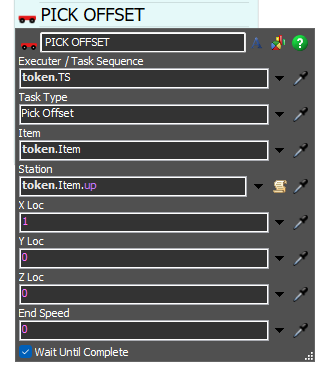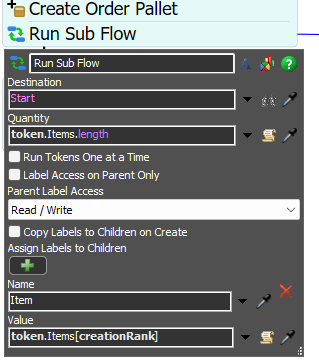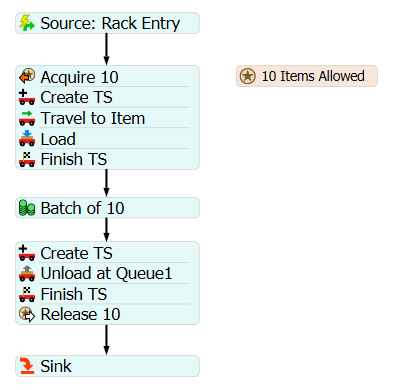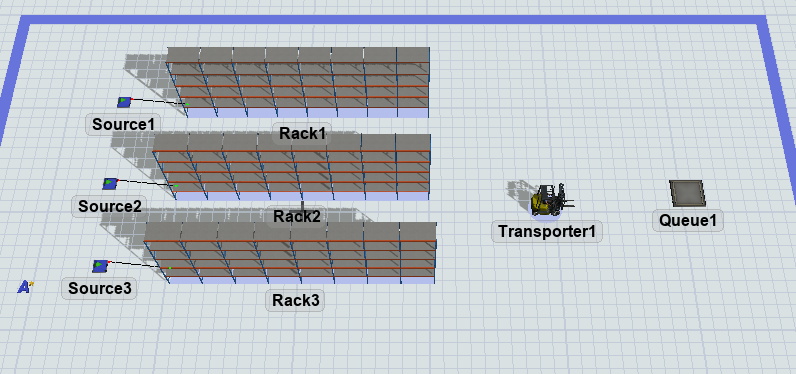I would like the transporters to pick up multiple items up to it's capacity from different racks in a warehouse. Is there a tutorial or an example model? I have added my current implementation to the site. Is there a better way to do this?
Model is called Warehouse_PickDrop_Multiple


